From the Great Wall to the Himalayas, this Far East giant of both ancient and modern times boasts over 3500 years of written history and the 3rd largest landmass in the world, offering an incredible expanse of history, culture, and landscape to explore
Top Attractions
- Great Wall of China
- Forbidden City
- Tibet
- Chengdu Panda Base
- Terracotta army
- Leshan Giant Buddha
- Lijiang Old Town
- Zhangjiajie National Park
- Suzhou Classical Gardens
- Hong Kong Skyline
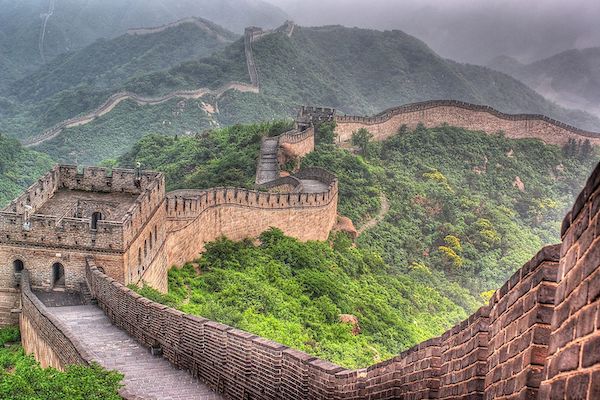
The Great Wall of China
Beijing
One of the Seven Wonders of the World, the Great Wall was built from 3rd century BC to 17th century AD as a military defense system on the country’s northern border. Spanning 21,196 km (13,171 mi) across 9 Chinese provinces, it is the largest man-made structure ever built in the world. Today, the most popular section of the wall is located near Beijing.
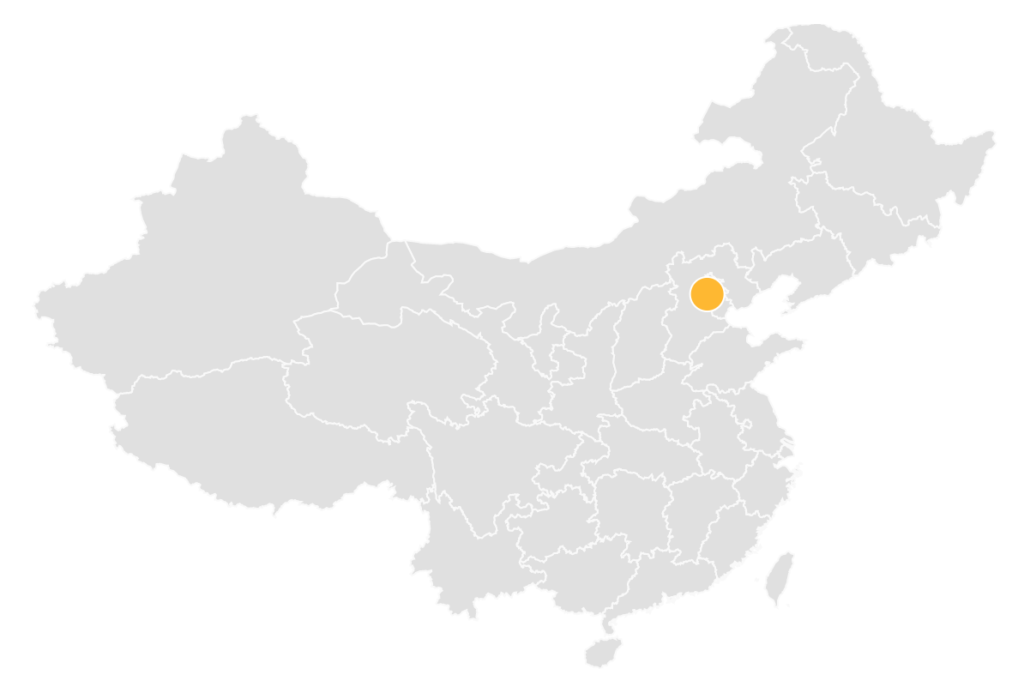
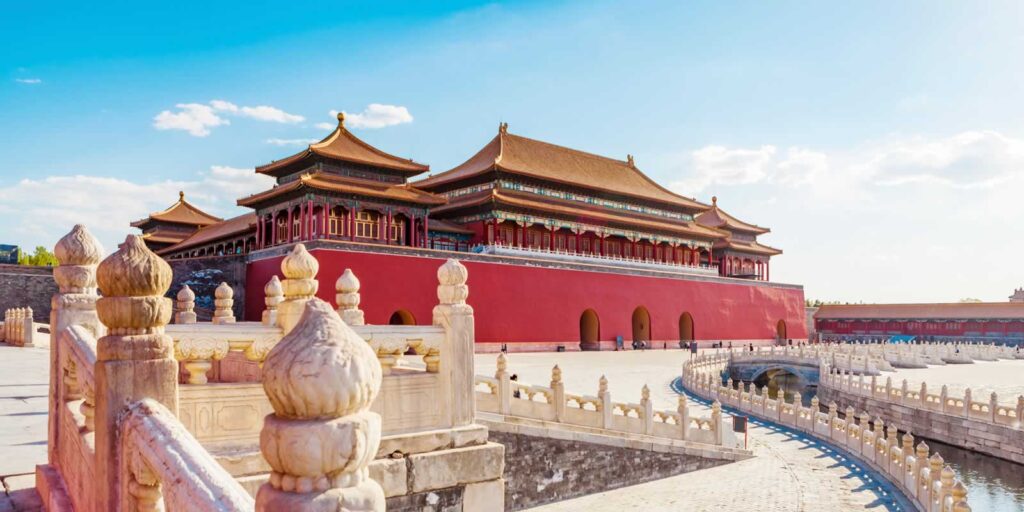
Forbidden City
Beijing
At the heart of Beijing is the imperial palace complex Forbidden City, home to 24 emperors and their families. It was the ceremonial and political center of ancient Chinese government from 1368 AD to 1911 AD. A UNESCO World Heritage Site, it is the largest, best-preserved ancient timber-built palace complex in the world.


Chengdu Panda Base
Chengdu, Sichuan
The giant pandas are considered China’s national treasure and are mostly found in Sichuan province. Home to more than 150 giant pandas, the Giant Panda Breeding Research Base, or simply Chengdu Panda Base, is a non-profit research and breeding center and is the world’s largest wonderland for seeing pandas and even possibly interact with them.
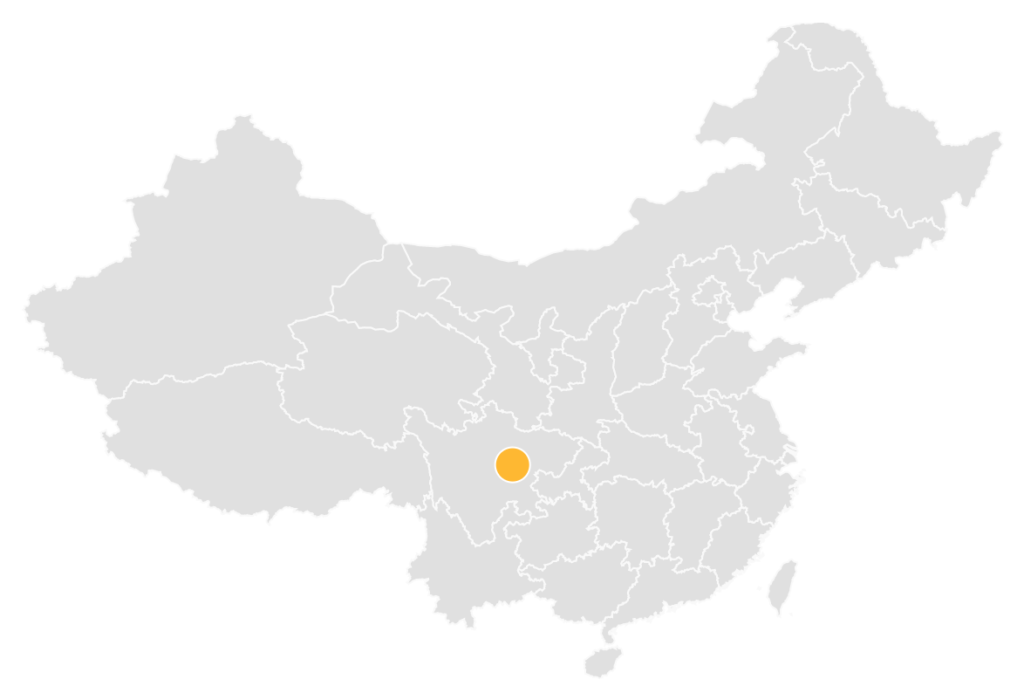
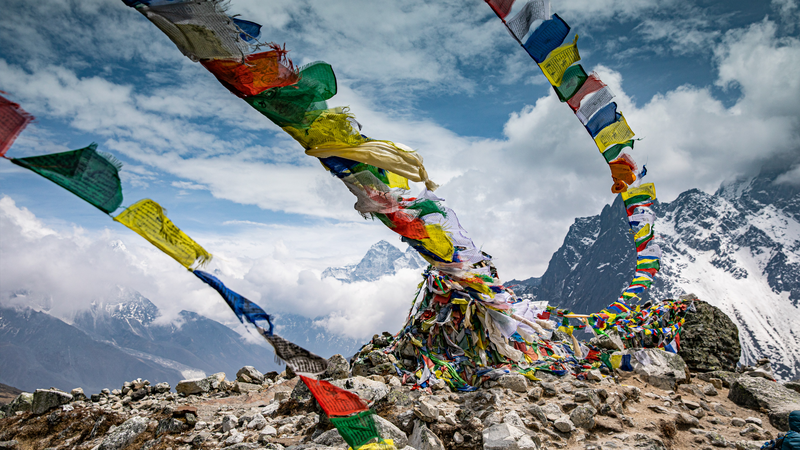
Tibet
Tibet Autonomous Region
One of the most secluded regions in the world, the Roof of the World offers a breathtaking scenery from Himalayas to turquoise lakes that would blow your mind. Its distinctive culture and spiritual devotion also make it the most unique region in China if not in the world. Travel permit is required for foreigners.
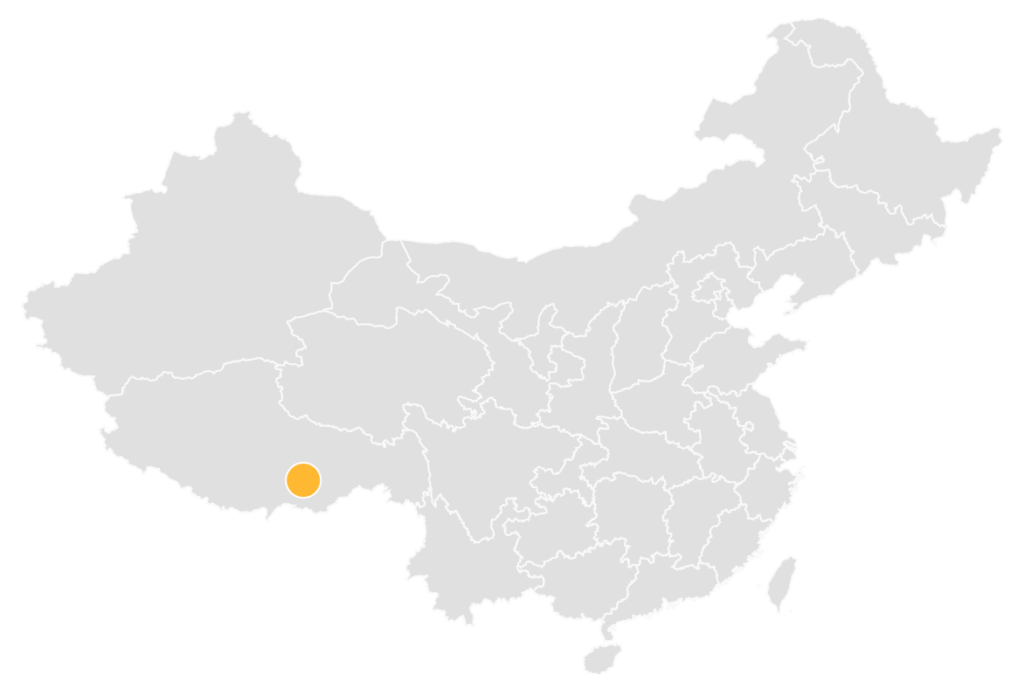
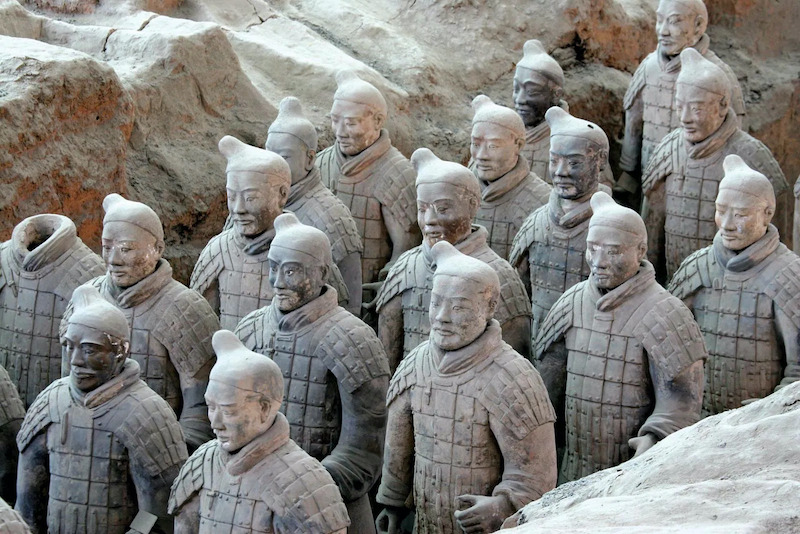
Terracotta Army
Xi'an, Shaanxi
In March 1974, a group of peasants digging a well stumbled upon the greatest archaeological find of the century – the buried Terracotta Army that accompanies the tomb of Qin Shi Huang, the first Emperor of China over 2000 years ago. There are more than 8000 known unearthed terracotta warriors so far, each with different facial features and expressions.
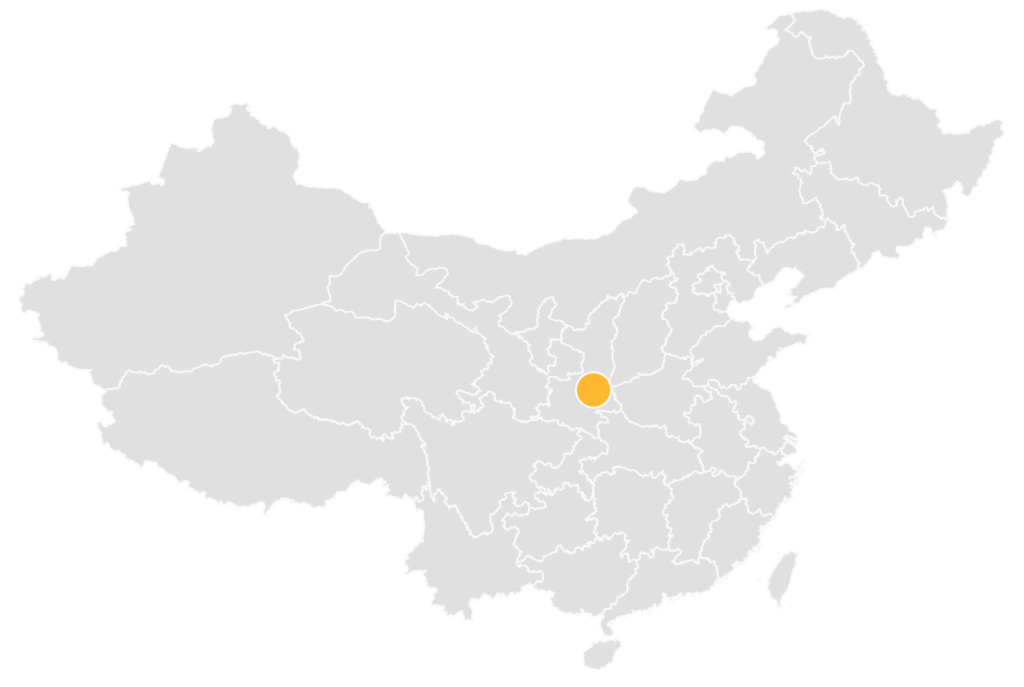
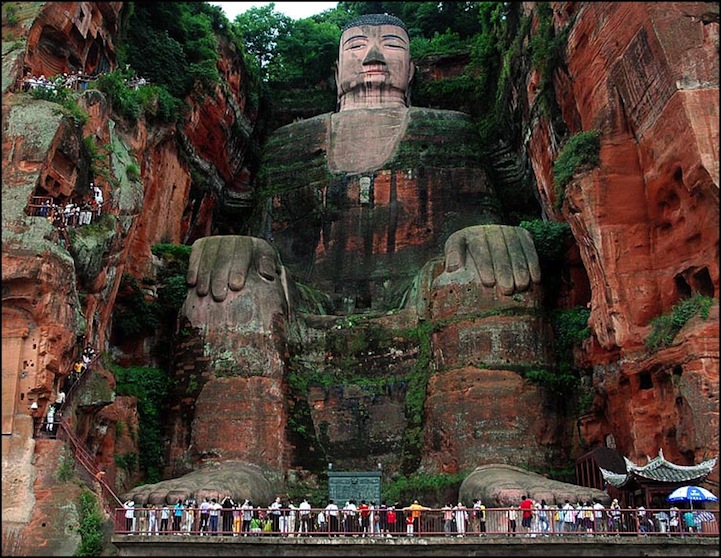
Leshan Giant Buddha
Leshan, Sichuan
About 2.5 hours’ drive from Chengdu is the Giant Buddha of Leshan, carved out of a hillside in the 8th century and looking down on the confluence of three rivers. At 71 meters high, it is the largest Buddha in the world.

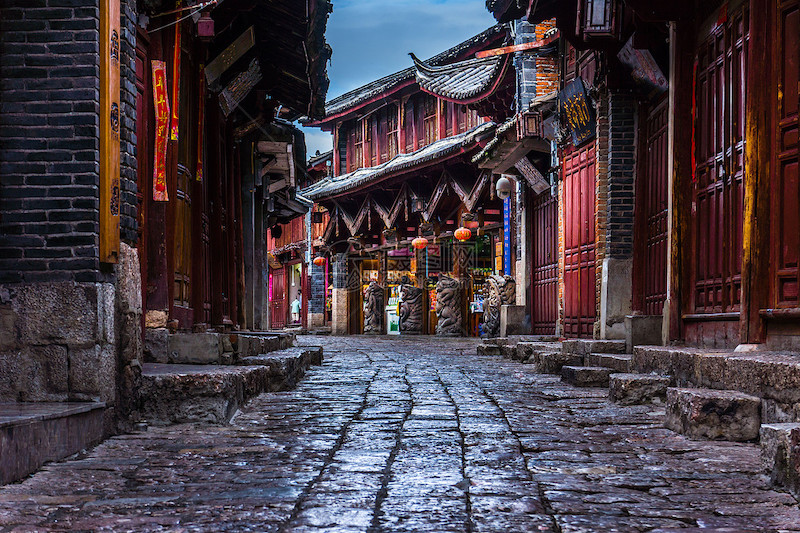
Lijiang Old Town
Lijiang, Yunnan
Home to 26 different Chinese minorities, Yunnan is the most ethnically diverse province in China. The vibrant colors of the ethnic cultures and the landscape of the mountainous highland makes Yunnan one of the top tourist destinations in China. The most popular site in Yunnan, the Old Town of Lijiang, is a UNESCO world heritage site that comprises of Dayan, Shude, and Baisha old towns that were built over 800 years ago at the foot of Yulong Snow Mountain.
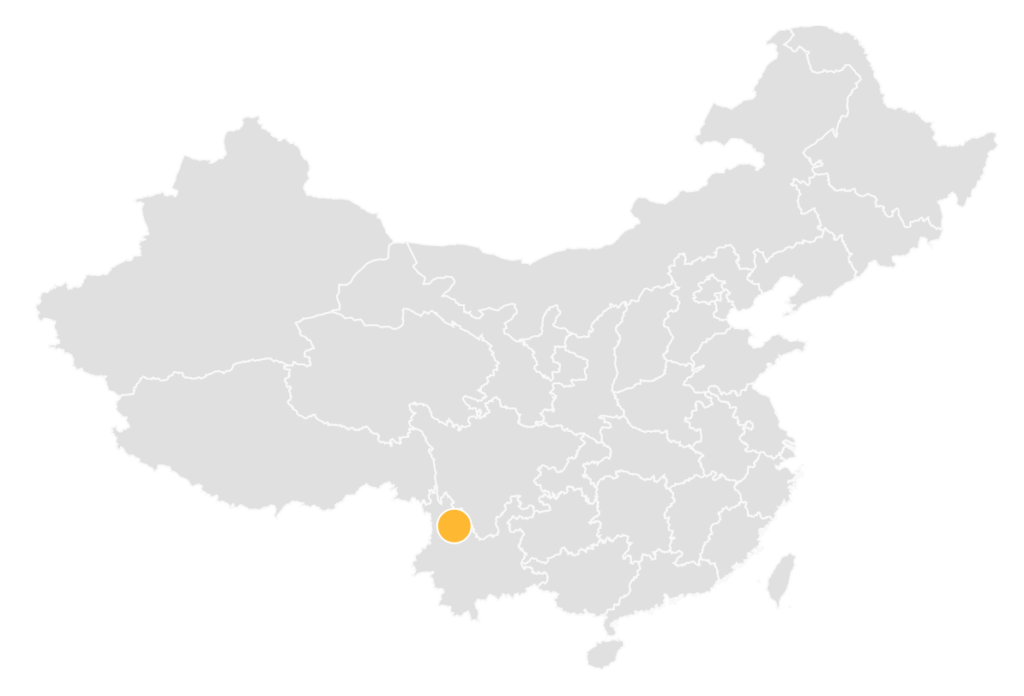
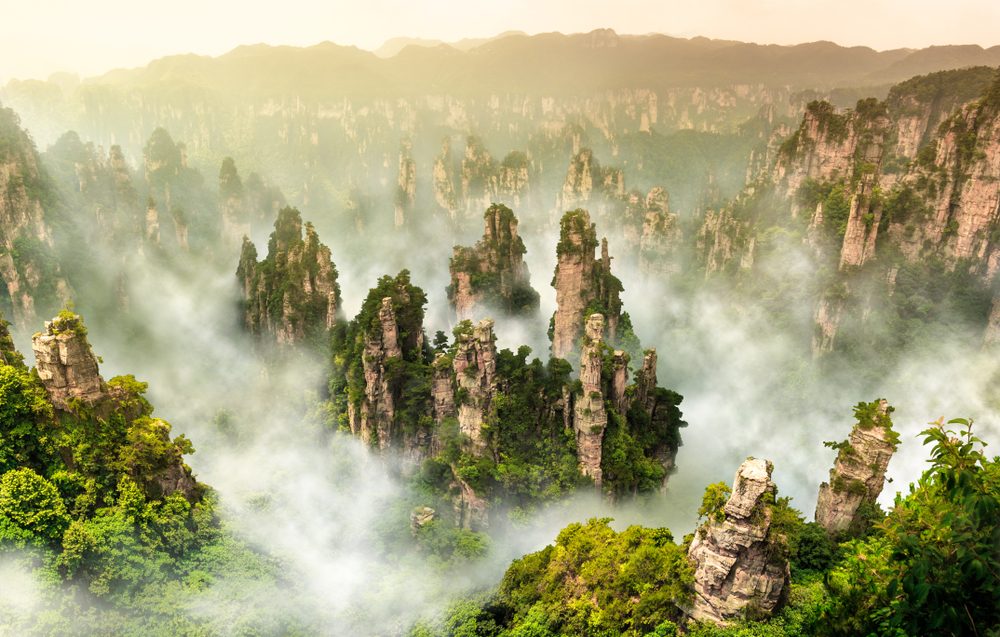
Zhangjiajie National Park
Zhangjiajie, Hunan
One of the most distinctive natural areas in the world, Zhangjiajie National Park’s quartz-sandstone pillars inspired the floating “Hallelujah Mountains” in the movie Avatar. With 243 peaks and more than 3000 pinnacles and spires, Zhangjiajie Wulingyuan Scenic Area is the first national park in China and a UNESCO World Heritage Site and a UNESCO Global Geopark.
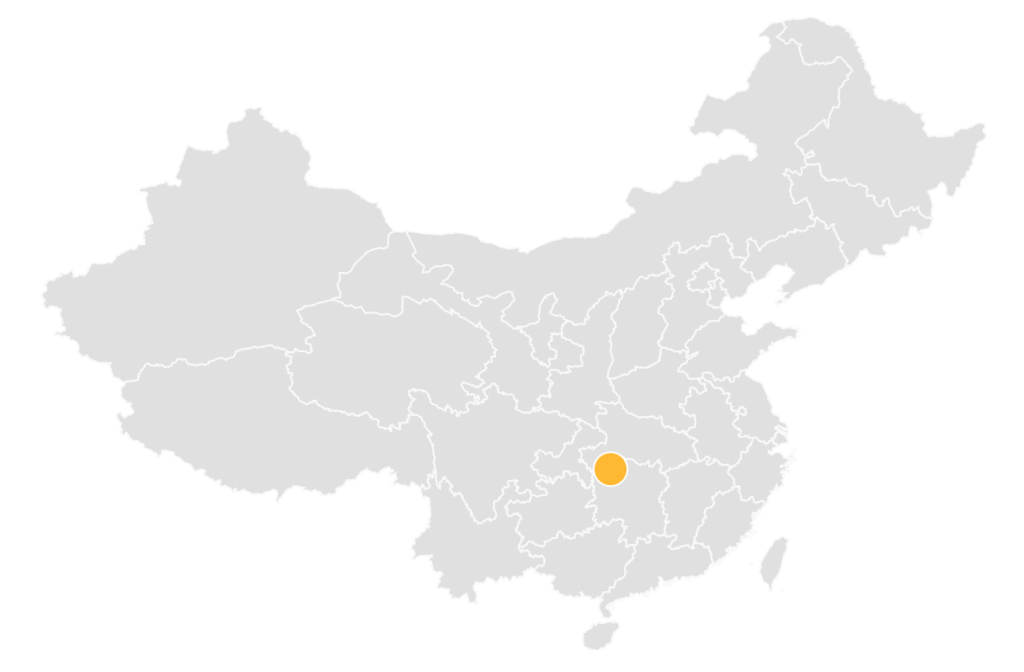
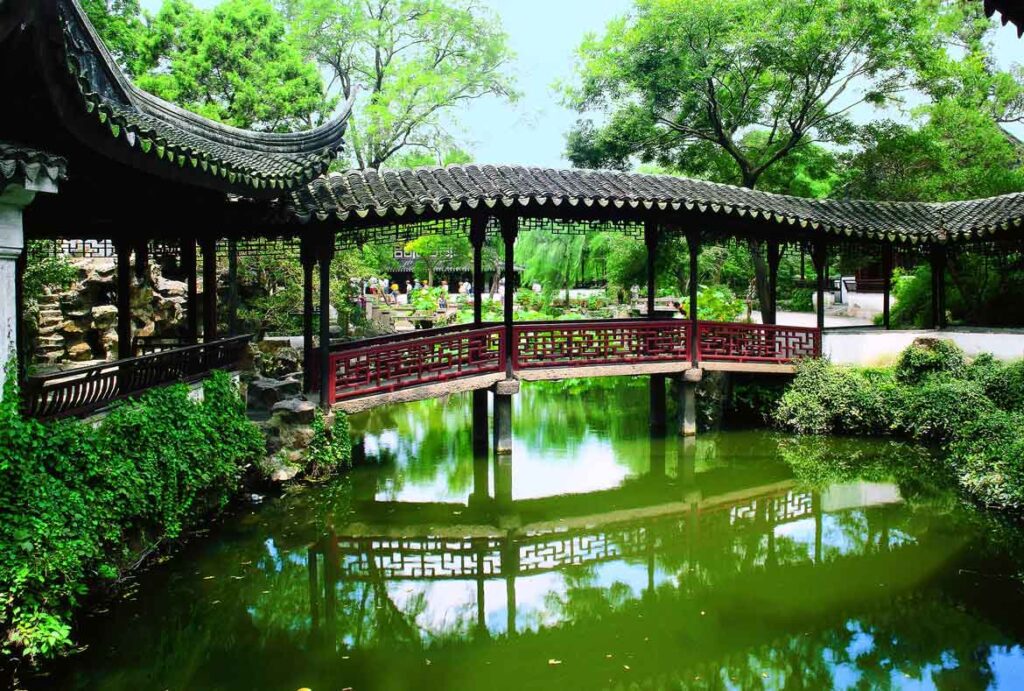
Suzhou Classical Gardens
Suzhou, Jiangsu
Dubbed “Venice of the East” and only 60 miles from Shanghai, Suzhou is famous for its canals, stone bridges, pagodas, and meticulously designed gardens. This ancient city has been known as the center of arts and culture in China for 2000 years, drawing generations of artists, scholars, writers and social elites, and evidenced by over 60 well-preserved classical gardens dating back to 600 AD, nine of which are designated UNESCO World Heritage Sites.
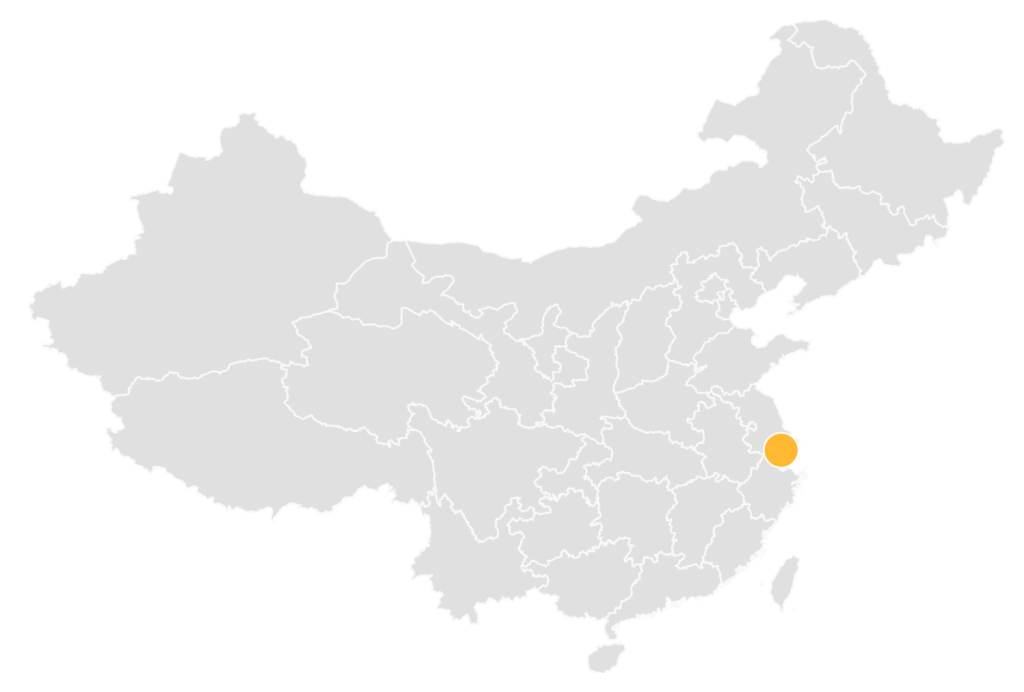
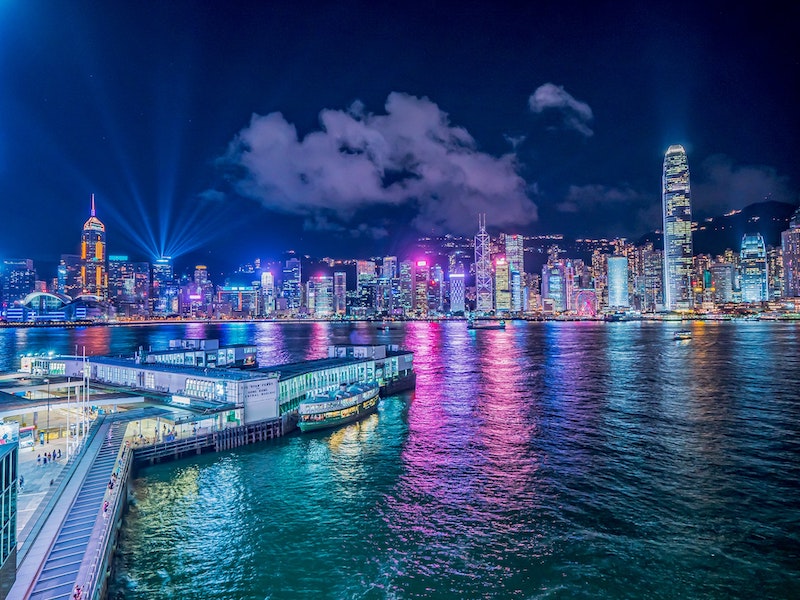
Hong Kong Skyline
Hong Kong
Hong Kong has one of the most impressive skylines in the world. The densely packed skyscrapers alongside Victoria Harbor against the backdrop of Victoria Peak is an iconic view of this internationally celebrated Asian metropolis, molded by both Chinese tradition and British influence. With much political controversy nowadays, Hong Kong is undergoing a transformation that may bring on more complexity for its future.
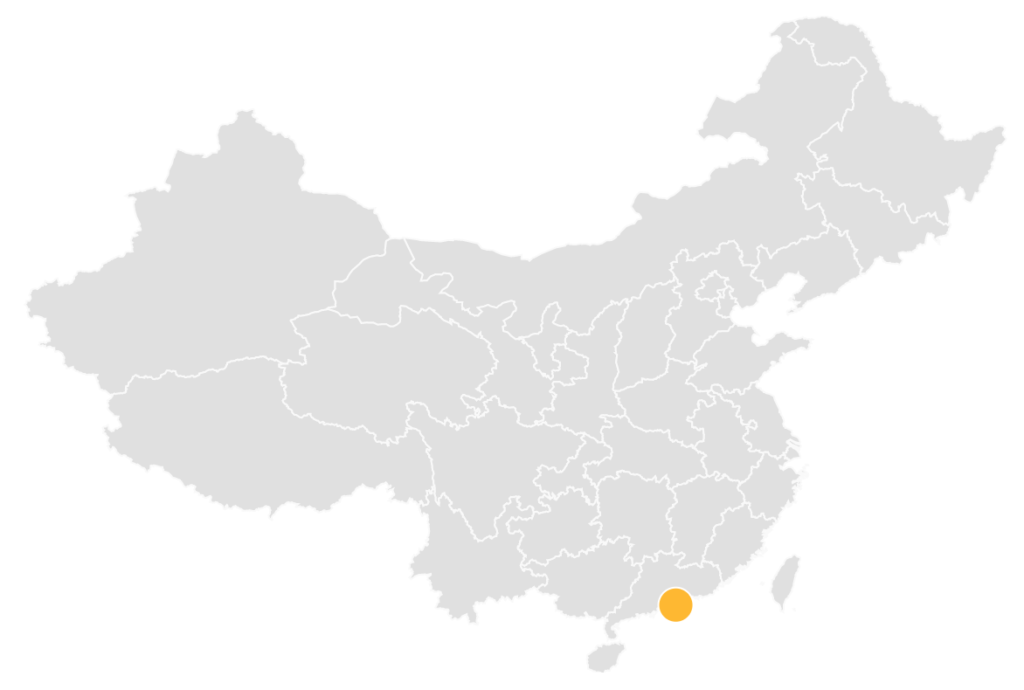
Itineraries
Lijiang
2 Days 2 Nights Itinerary
Forget about time and space in the UNESCO old towns of Lijiang in southwest China, and chill in the instagram-ready cafes and bars
Insights
How to get around China's Great Firewall
Thousands of essential sites such as Google are blocked in China due to its infamous internet censorship. Find out how to get around the Great Firewall. Read More
